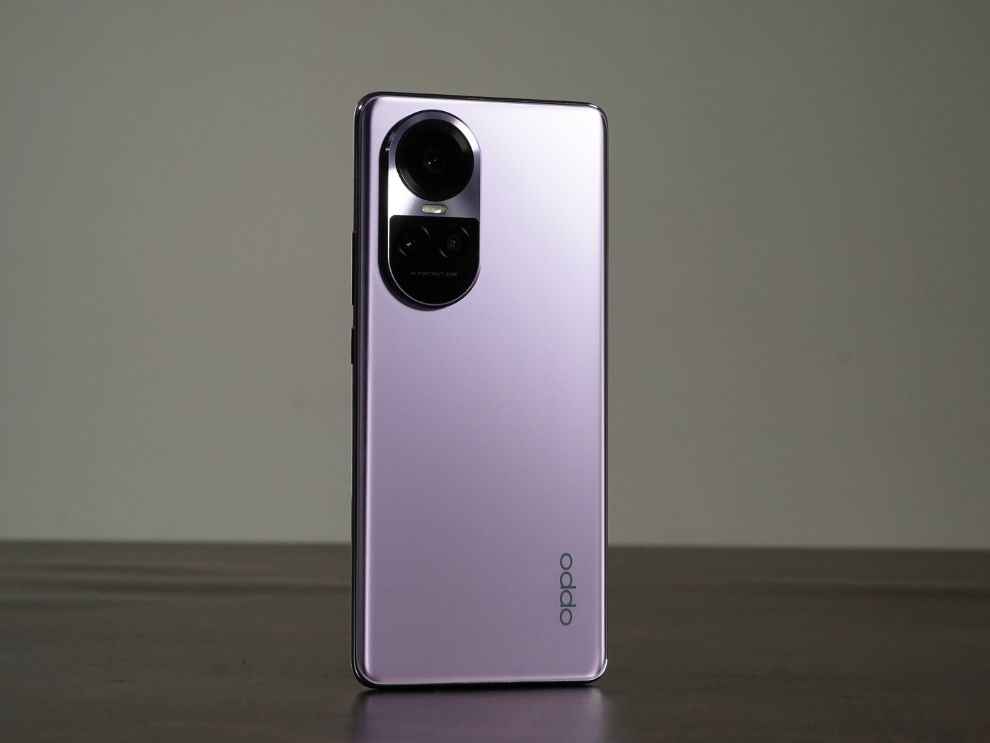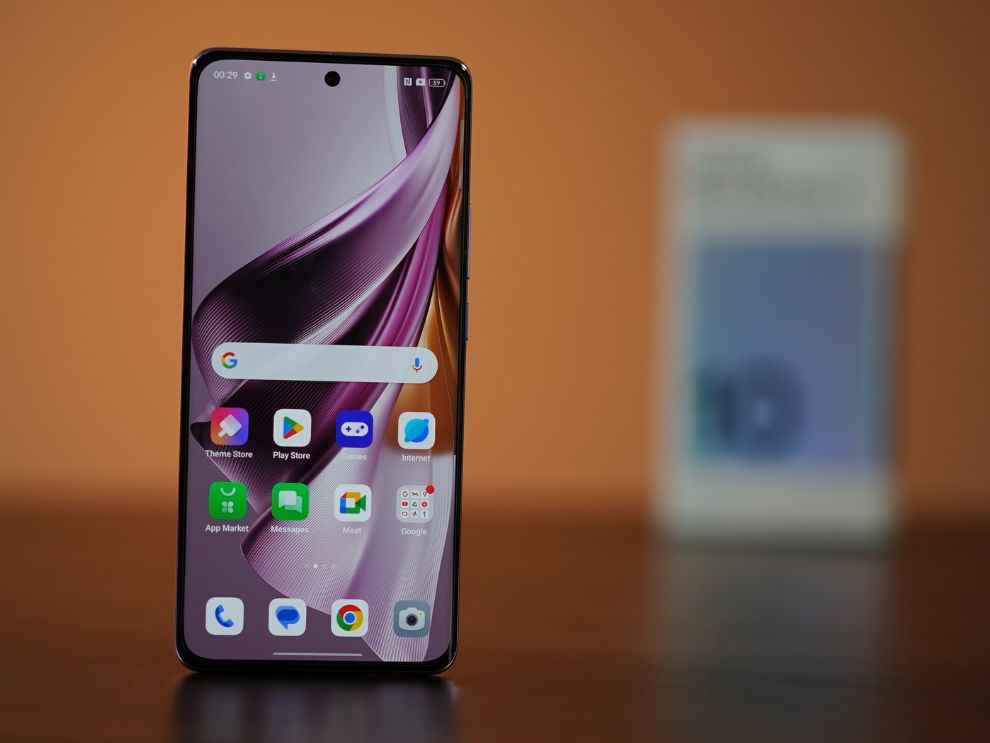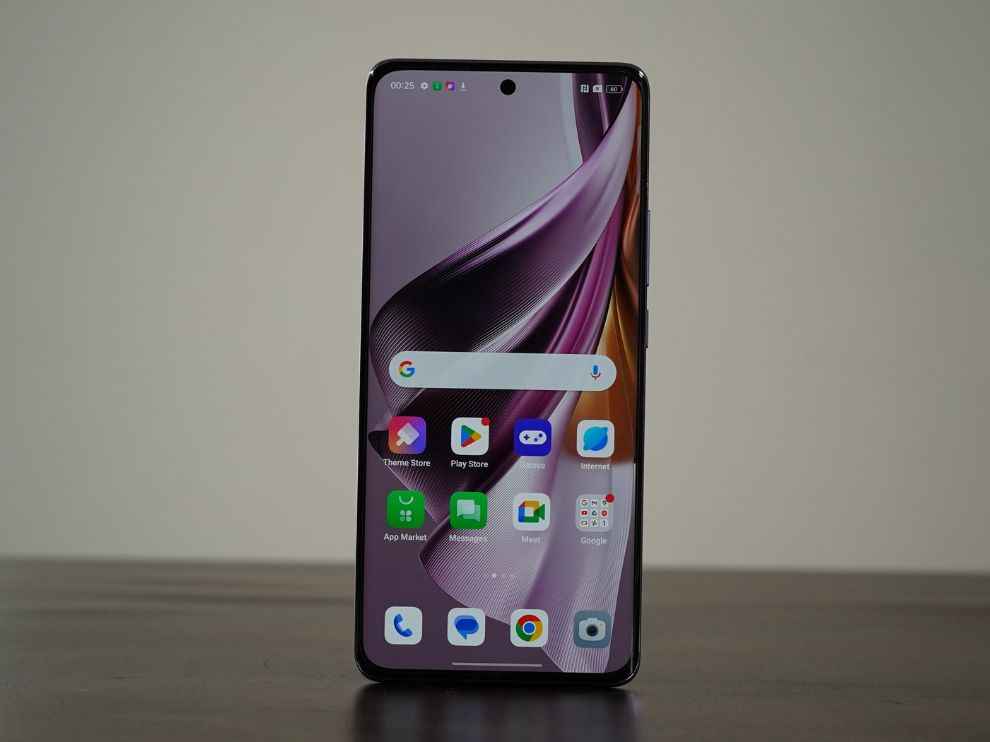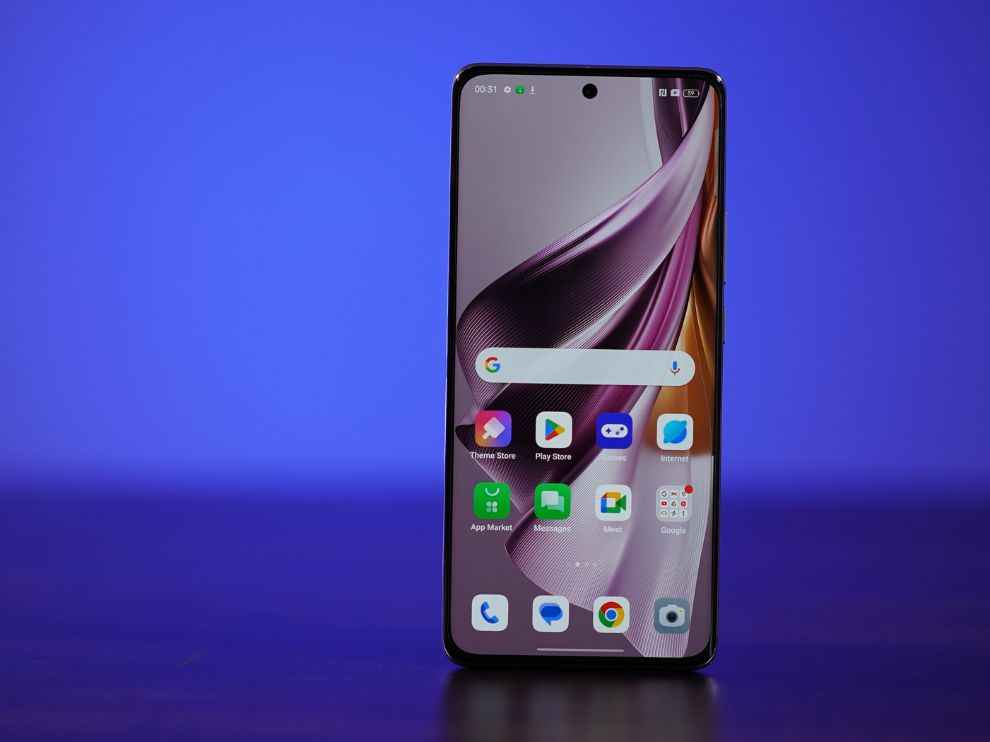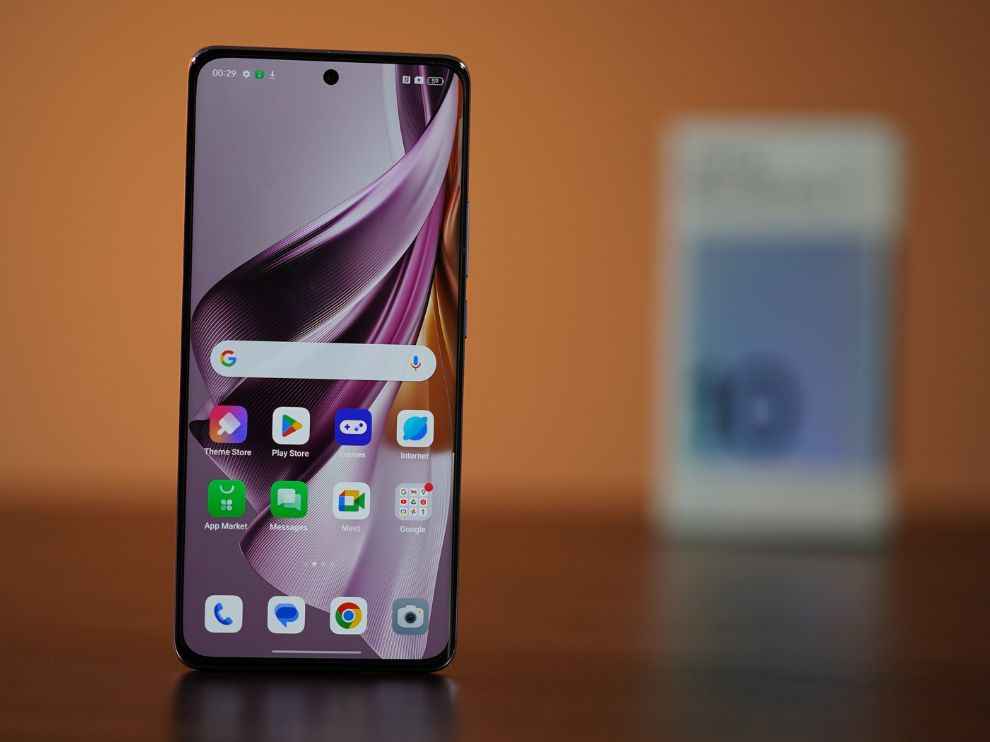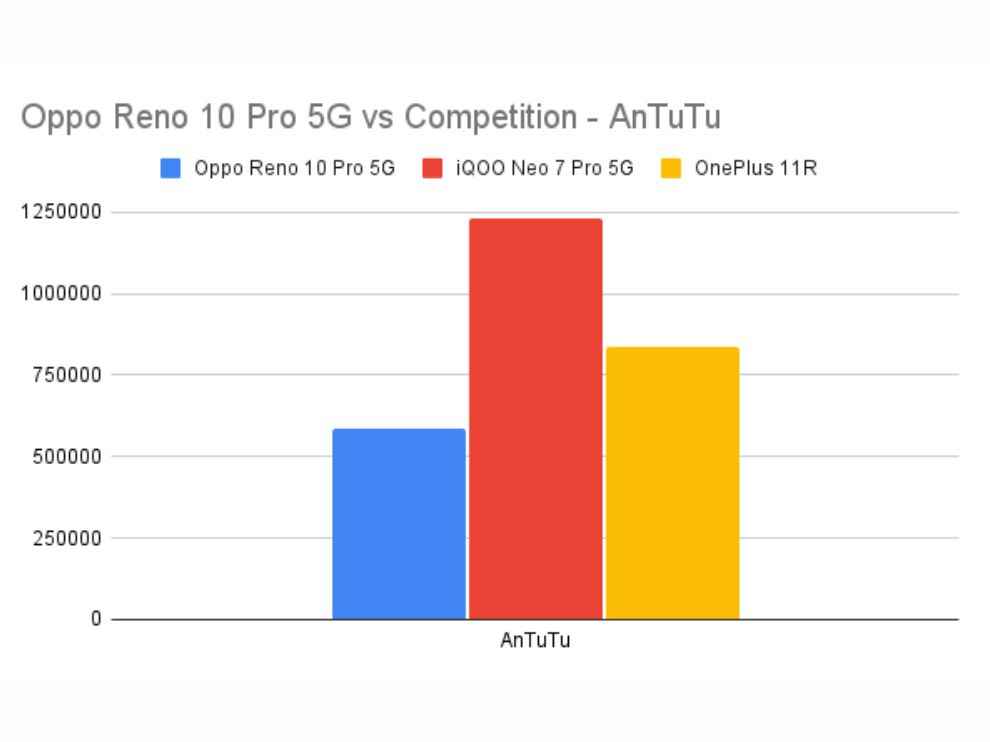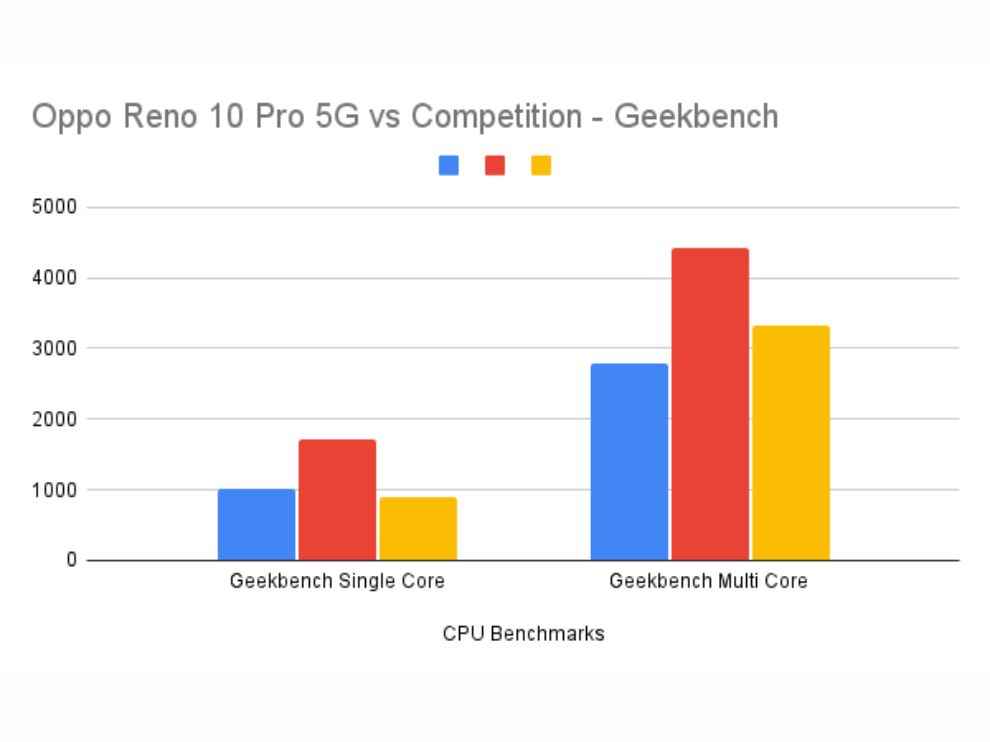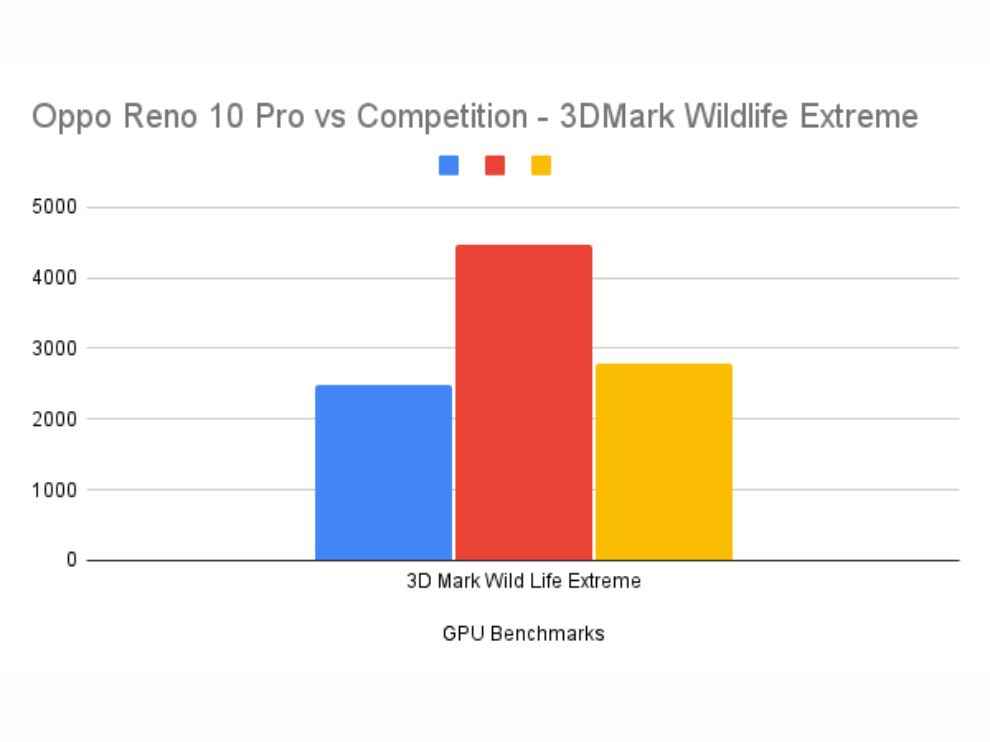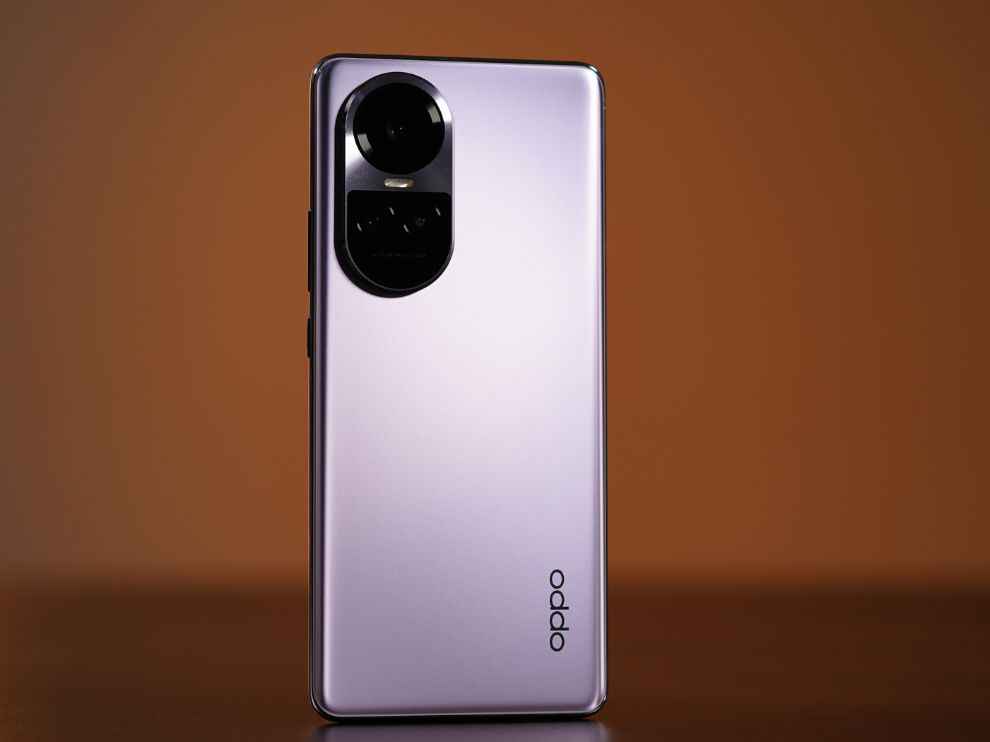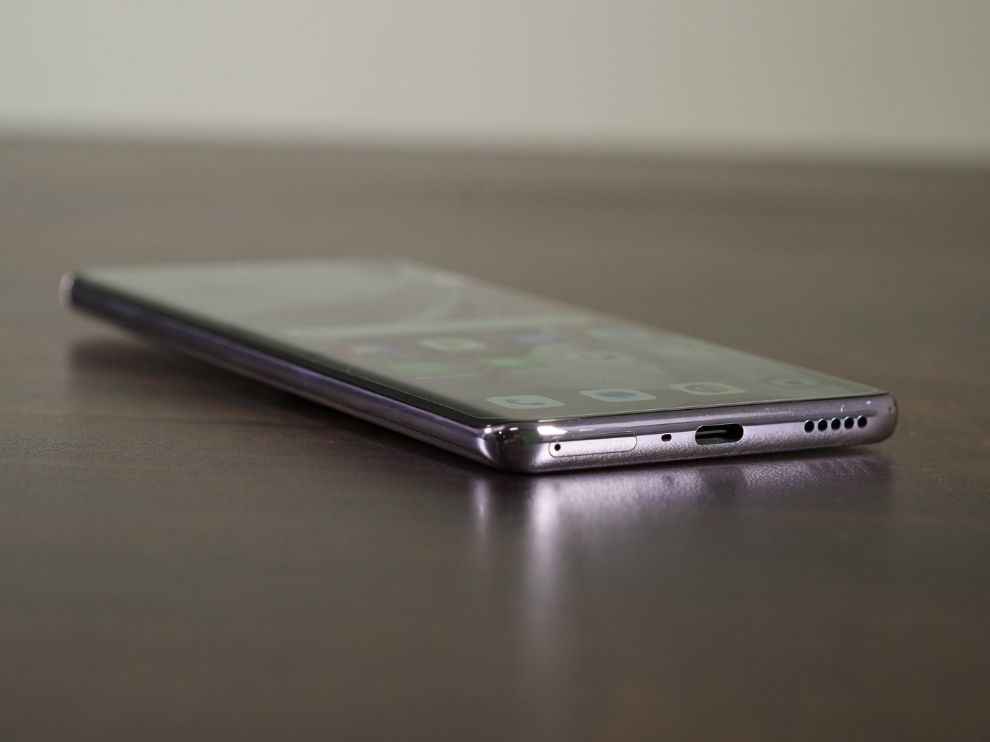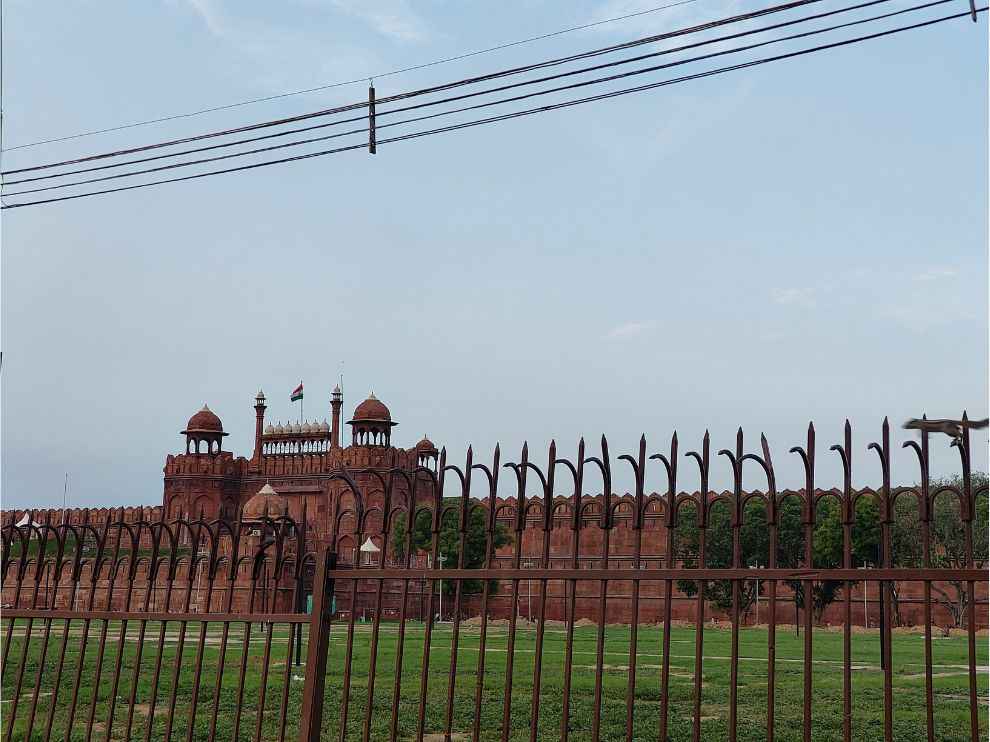After spending a week with the OnePlus Nord CE3 5G, I can confidently say that the phone is a well-rounded mid-ranger that ticks many boxes. It has excellent battery life, super fast charging, good performance, an impressive primary camera, and an immersive display. However, the OnePlus Nord CE3 5G never once completely floored me with its performance.
The OnePlus Nord CE series of smartphones has been a popular choice for users since its launch. It benefits from the trust in OnePlus as an OEM, it is always a cheaper option when compared to the Nord series, and these smartphones often don’t sacrifice too many features to cut down costs. The OnePlus Nord CE3 5G is priced at ₹26,999, a sweet spot in the price-conscious Indian market, servicing users who want a performance champ without breaking the bank. However, competition in this price segment is rife.
So, even though the OnePlus Nord CE3 brings numerous improvements compared to its predecessor, fierce competition in the mid-range segment may diminish its popularity. It competes with options such as the Realme 11 Pro+ (review), Samsung Galaxy F54 (review), Moto Edge 40 (review), POCO F5 (review), and iQOO Neo 7 (review) – all of which inhabit the ₹25K-₹30K price segment. Does the Nord CE3 shine amongst these competitors, or does it fade out of view? Let’s find out.
OnePlus Nord CE3 5G Review: Build and DesignAll of the 2023 lineup of OnePlus Nord phones look strikingly similar. From the ₹19,999 OnePlus Nord CE3 Lite (review) to the ₹33,999 OnePlus Nord 3 (review) – one would find it difficult to distinguish between these phones at first glance. While all three look similar, do not mistake this for a glass rear panel like the Nord 3. The Nord CE3 Lite comes with a polycarbonate back panel in two colourways – Aqua Surge and Gray Shimmer. The former is a glossy design while the latter sports a more metallic look. I got the former for review.
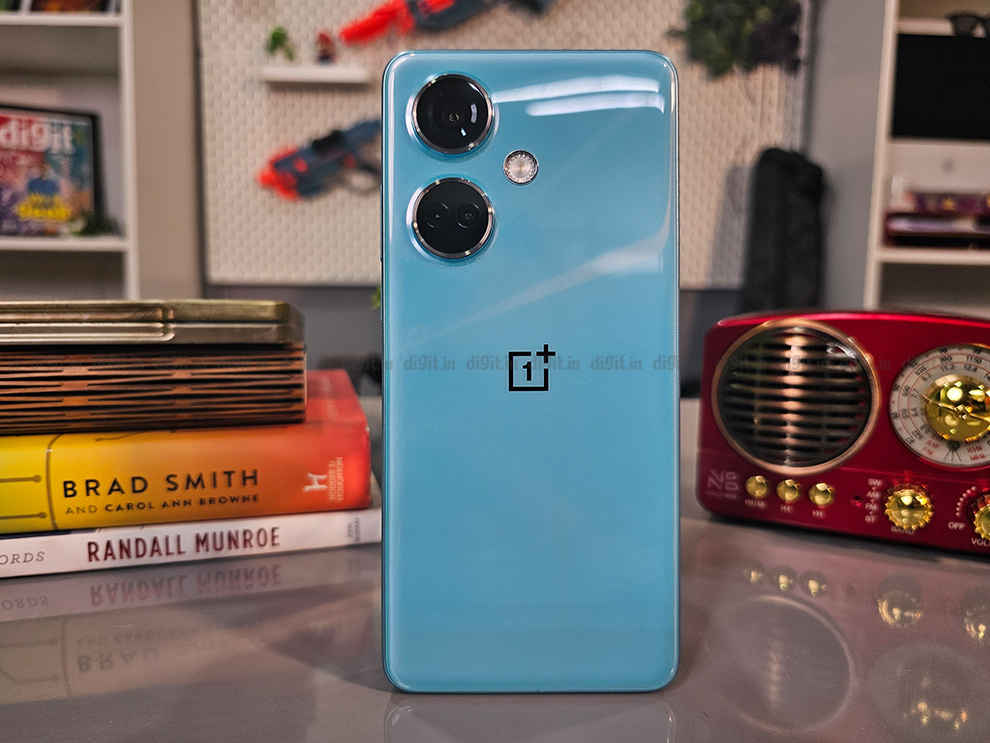
The glossy back picks up a lot of fingerprints and smudges and just looks cheap when compared to the likes of the gorgeous Motorola Moto Edge 40 and the Realme 11 Pro+ with their premium leather backs. The buttons on the sides are nice and tactile and the flat display has slim bezels, but overall, this doesn’t compete against the new grain of mid-range smartphones that come with elevated build and design for the price.
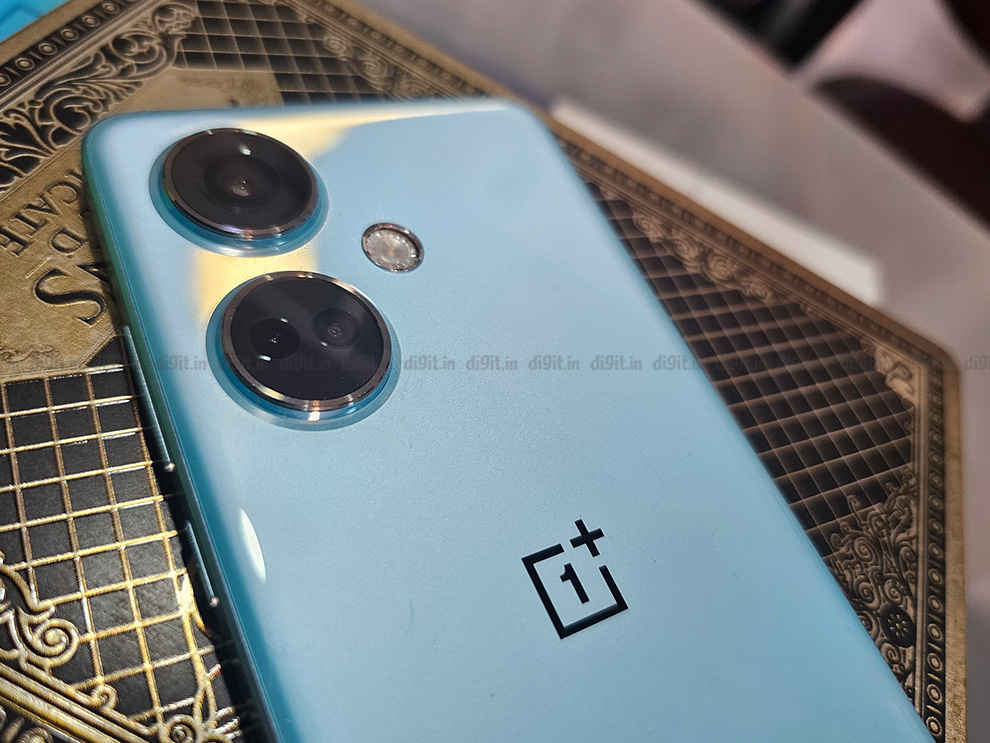
The phone’s rear panel has rounded edges which is comfortable to hold, but the back panel is a bit too slippery. Thankfully, OnePlus has provided a stellar-looking case in the retail box. Alongside an 80 W SUPERVOOC charger with the iconic red cable. The Nord CE3 is heavier than the CE2 at 184 g, but the weight is well-distributed. There’s even an optical under-display fingerprint sensor included that works decently well. The phone is rated IP54 but once again, the Moto Edge 40 has it beat with an IP68 rating.
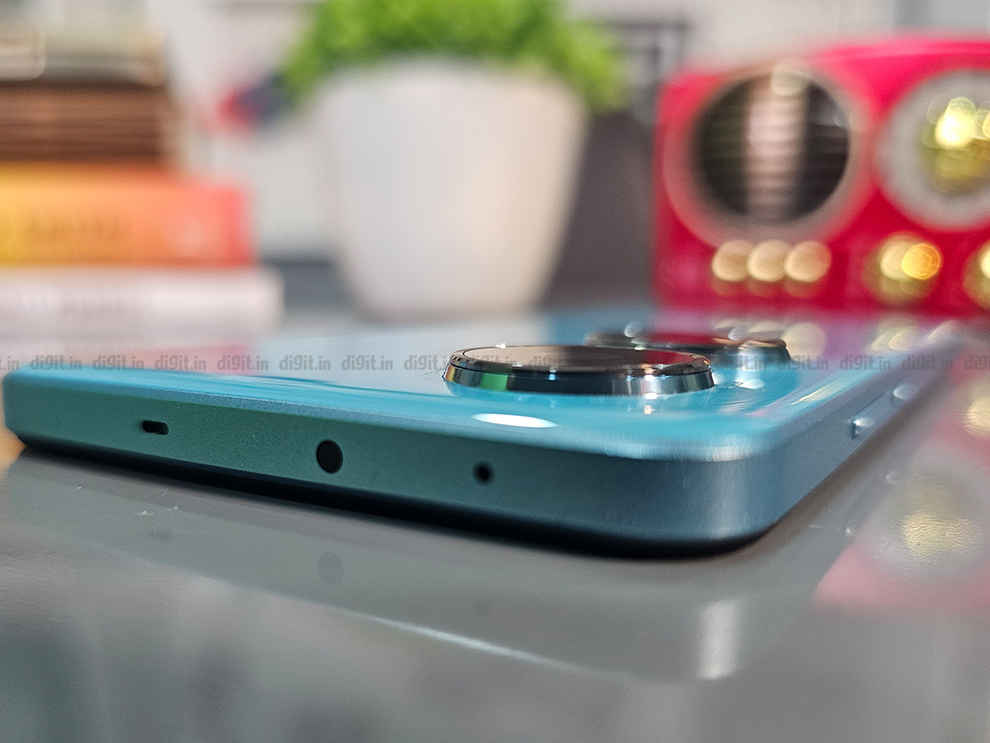
There’s no fatal flaw in the build of the OnePlus Nord CE3 5G, but there’s nothing that stands out as well.
OnePlus Nord CE3 5G Review: DisplayIf I had to applaud some aspects of the OnePlus Nord CE3, the display would definitely be one of them alongside the battery (which I will talk about later). The phone houses a 6.7-inch Fluid AMOLED panel with a Full HD+ resolution and a 20.1:9 aspect ratio. There’s 120 Hz refresh rate, 2160 Hz PWM dimming, 10-bit colour depth, and HDR10+ support, making this a very capable display.
The display looks stunning with good colour reproduction, solid levels of detail, and fantastic viewing angles. HDR content on YouTube looks stellar, but unfortunately, Netflix doesn’t identify the screen as being HDR-capable. The phone’s display is also very bright; I recorded 948 nits of peak brightness outdoors on Auto-Brightness. So, you shouldn’t face any sunlight screen legibility issues as the display is plenty bright for outdoor viewing.
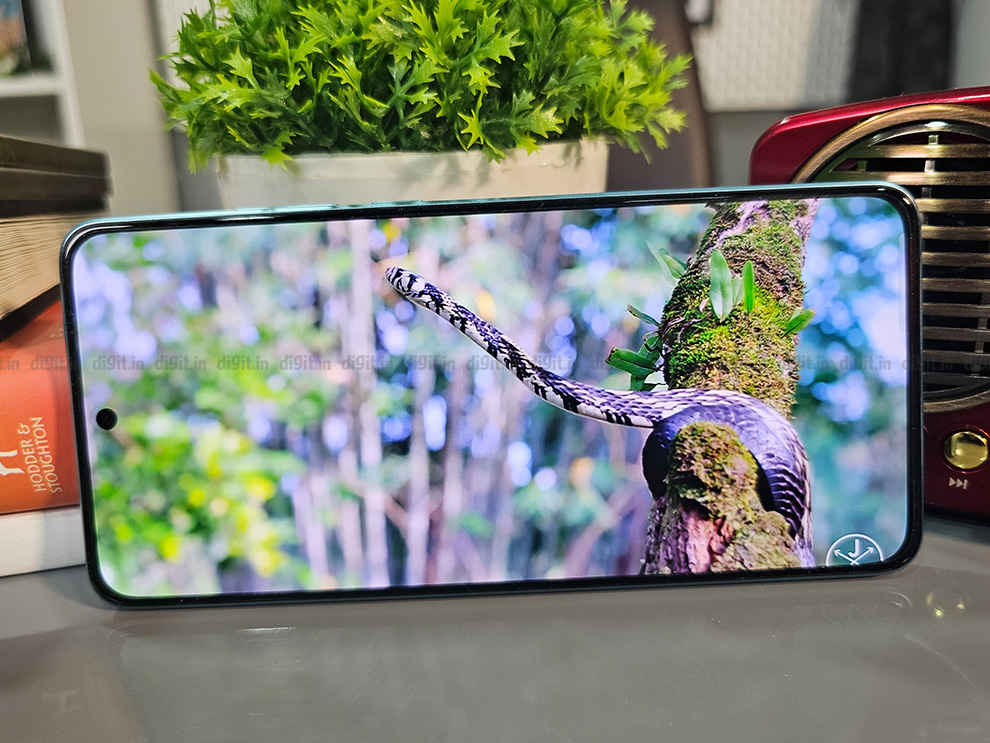
The 120 Hz refresh rate ensures smooth scrolling when you’re searching for apps or settings. Oddly, apps such as YouTube and Chrome default to 60 Hz when scrolling which can appear rather janky after the smooth scrolling experience in the UI. I hope OnePlus can fix this issue via an OTA update, but I am not keeping my hopes high since the same issue was present in the Nord 3.
Nevertheless, the content consumption experience is great coupled with the Dolby Atmos-enabled stereo speakers. These speakers sounded full, warm and got pretty loud, which is definitely an above-average performance at this price.
OnePlus Nord CE3 5G Review: PerformanceMid-range smartphones in 2023 are giving flagships a run for their money, so the OnePlus Nord CE3 has a lot to prove in that regard. Long story short, it performed well, but it is nothing exceptional. The OnePlus Nord CE3 features the Qualcomm Snapdragon 782G chipset (which is a slightly improved Snapdragon 778G+ SoC). My review unit came packing 12 GB LPDDR4X RAM and 256 GB UFS 3.1 internal storage, with an option to expand it via microSD card. There’s also the RAM Expansion feature that sets aside a predetermined portion of your internal storage as Virtual RAM, allowing for slightly better multitasking abilities.
In benchmarks, the OnePlus Nord CE3 performed admirably well, but it never astounded us as some of the latest mid-rangers did. We’re talking about the likes of the iQOO Neo 7 and the POCO F5 which only cost a few thousand bucks more, but offer performance that’s truly a class apart. The OnePlus Nord CE3, on the other hand, offers reliable performance across the board. In AnTuTu, the phone scored 6,50,000+ but it was soundly beaten by the iQOO Neo 7 and POCO F5. In GeekBench, we saw the POCO F5 beat the OnePlus Nord CE3 in both Single Core and Multi-Core tests. The performance was comparable to that of the Realme 11 Pro+ and Samsung Galaxy F54.
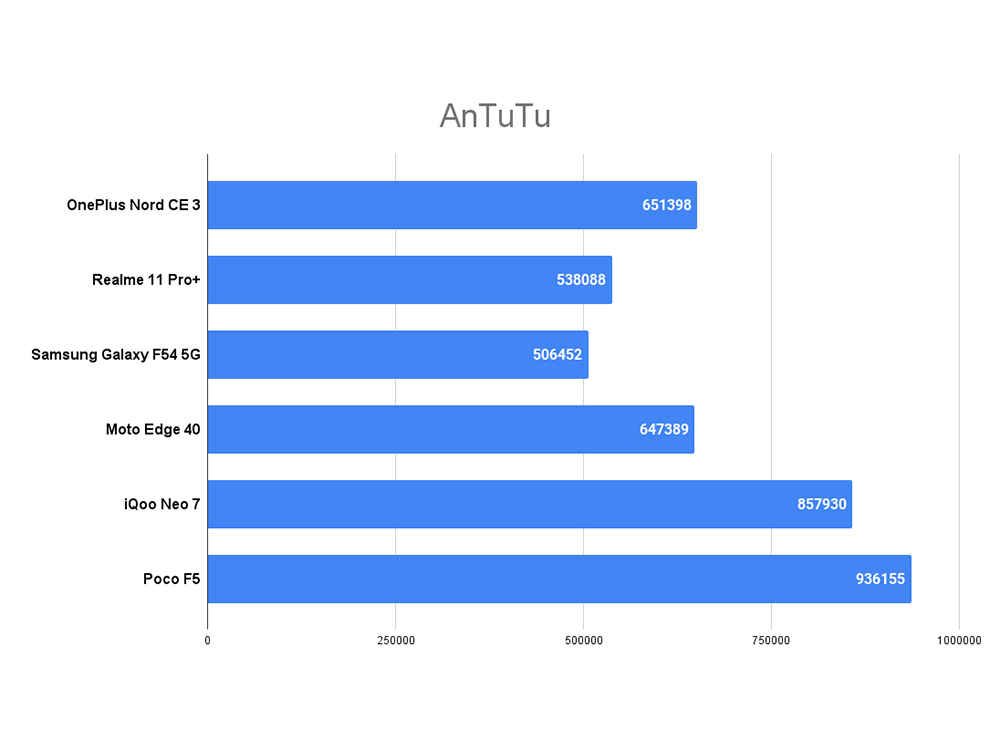
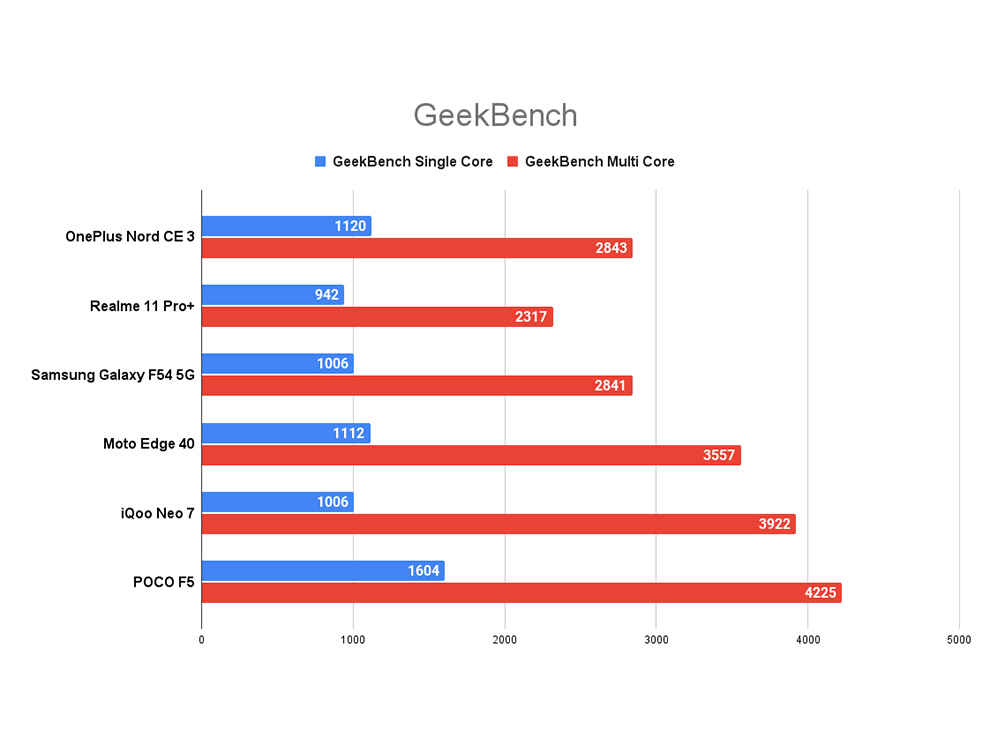
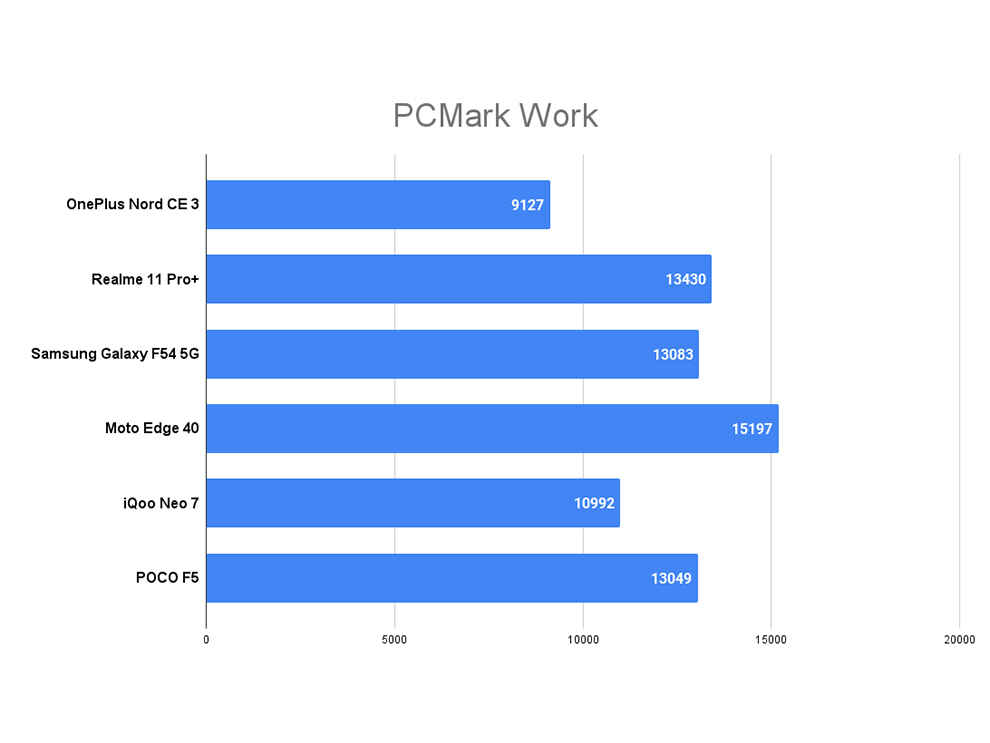
In GPU benchmarks, The Moto Edge 40 and iQOO Neo 7 blow past the OnePlus Nord CE3 while the Realme 11 Pro+ and Samsung Galaxy F54 perform about the same. So, benchmarks put the OnePlus Nord CE3 around the middle of the pack in the sub-₹30K range. Real-world performance tells the same story. The phone is smooth and fluid when performing basic tasks such as texting, calling, social media, web browsing, and more. Gaming is mostly lag-free, but the phone did heat up after about 20 minutes of playing Call of Duty: Mobile and I faced a couple of frame drops.
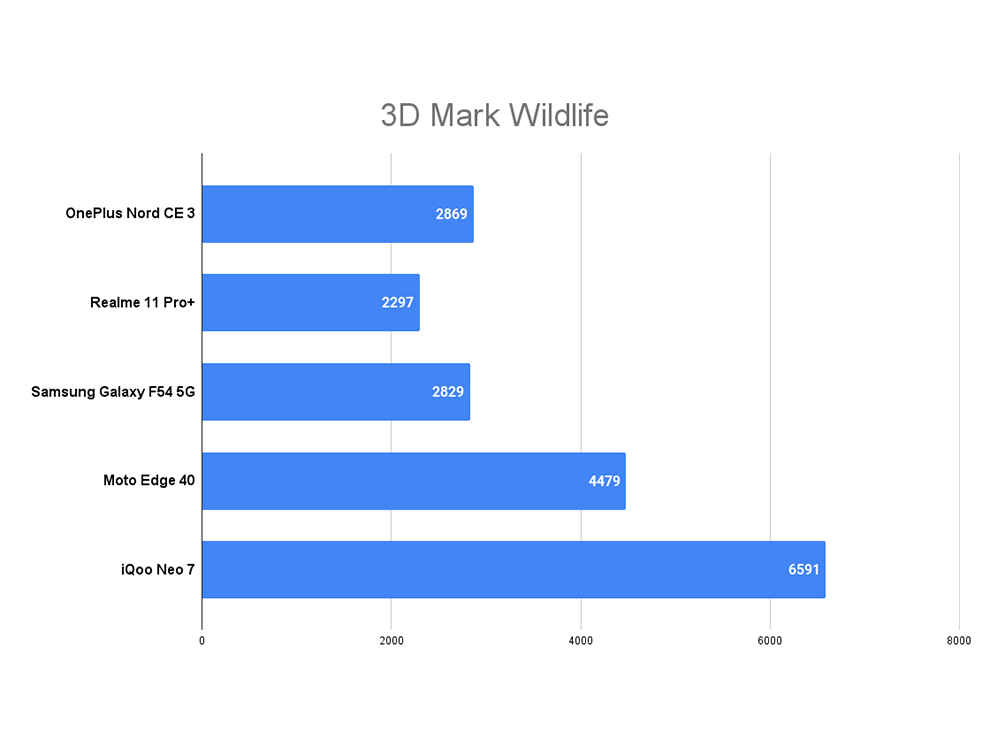
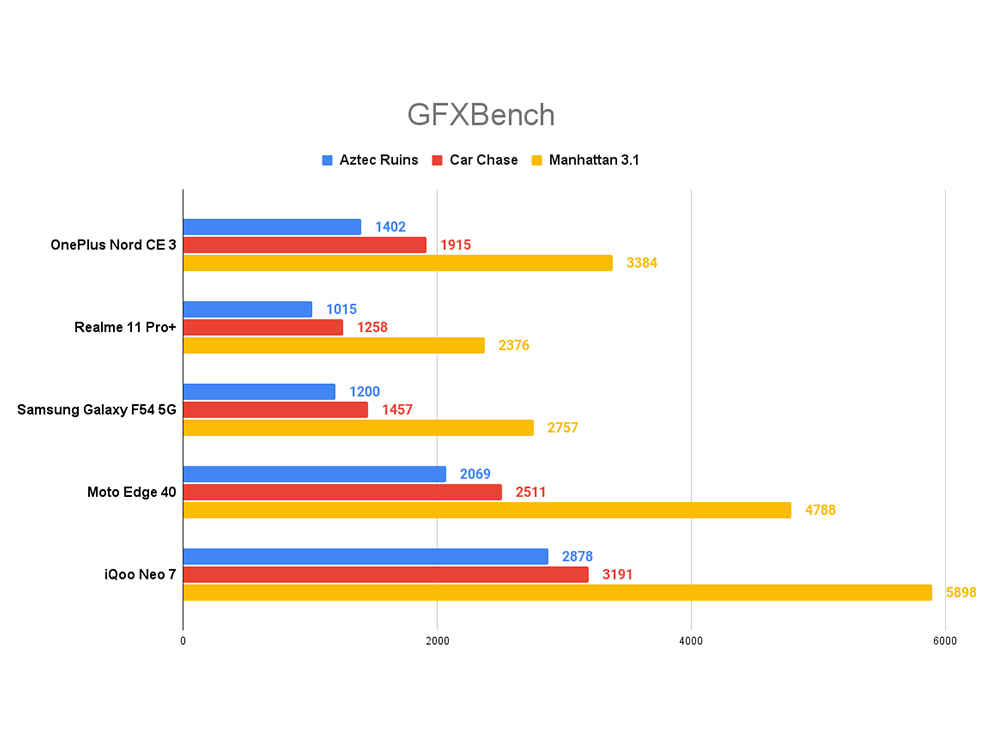
We also ran the CPU Throttling Test to see how the phone performs under sustained workloads and the OnePlus Nord CE3 throttled to 77 per cent of its peak performance in 15 minutes. Not the best result, once again.
Overall, the performance of the OnePlus Nord CE3 5G will never leave you disappointed, but it is not a performance monster like some of the recent mid-rangers have proved to be. If you’re looking for a fluid phone under ₹30K, this is a good choice. However, for pure, unadulterated performance for gaming or other intensive tasks, maybe look at the POCO F5 or iQOO Neo 7 instead.
Moving on to software, the OnePlus Nord CE3 runs Oxygen OS 13.1 on top of Android 13. OnePlus promises 2 years of OS updates and 3 years of security updates, which yet again, lies in the middle of the pack – not the best in business, but decent. OxygenOS 13.1 is feature-rich and highly customisable, there’s a lot of character and it is veering closer towards ColorOS than ever before, but it is pleasant to use. Surprisingly though, there’s not a lot of bloatware and barely any ads at all.
OnePlus Nord CE3 5G Review: Camera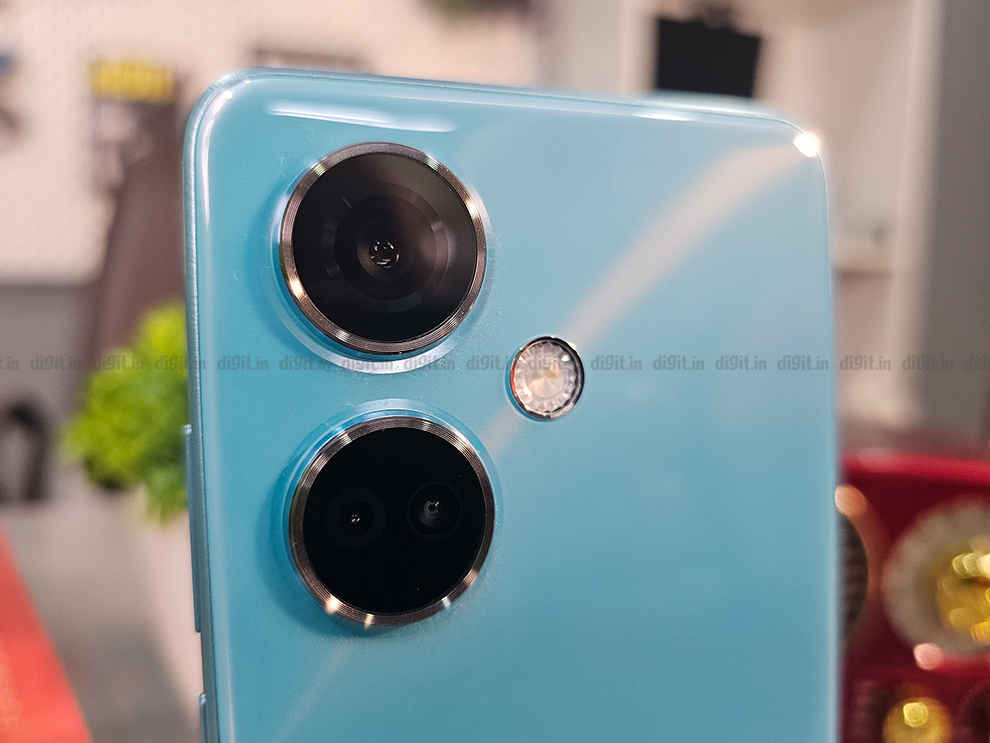
The OnePlus Nord CE3 houses a triple camera setup consisting of the popular Sony IMX890 50 MP primary camera, an 8 MP ultrawide shooter, and a 2 MP macro lens. The main camera provides excellent pictures in ideal lighting with good dynamic range and detail. There’s a bit of extra contrast added at times and skin tones are not the most accurate, but most photos look pleasing to the eye. Here are some camera samples; do note they've been compressed for the web:


Portrait shots look good as well with decent edge detection and good colour. Human skin tones could be tuned a bit better though. The 8 MP ultrawide shooter is mediocre – it takes a serious hit when it comes to detail and dynamic range. The 2 MP macro lens is decent and clicks some usable shots.

Low light imagery is impressive from the OnePlus Nord CE3’s primary camera. Noise and grain are kept to a minimum and the detail and colour are quite stunning for a sub-₹30K phone. There’s also a 16 MP selfie camera that clicks vivid and detailed shots in ideal lighting; you get nice-looking portrait shots as well but low light performance isn’t great.

Sporting a large 5,000 mAh battery, the OnePlus Nord CE3 5G has long-lasting battery life. Coupled with the power-efficient Snapdragon 782G chipset, the phone has more than enough juice to last most users one whole day without a hitch. My day consisted of benchmarking, clicking pictures, shooting 4K videos, watching OTT content, and using Google Maps, and the phone still managed to preserve 21 per cent of its battery capacity by 10 PM that day.
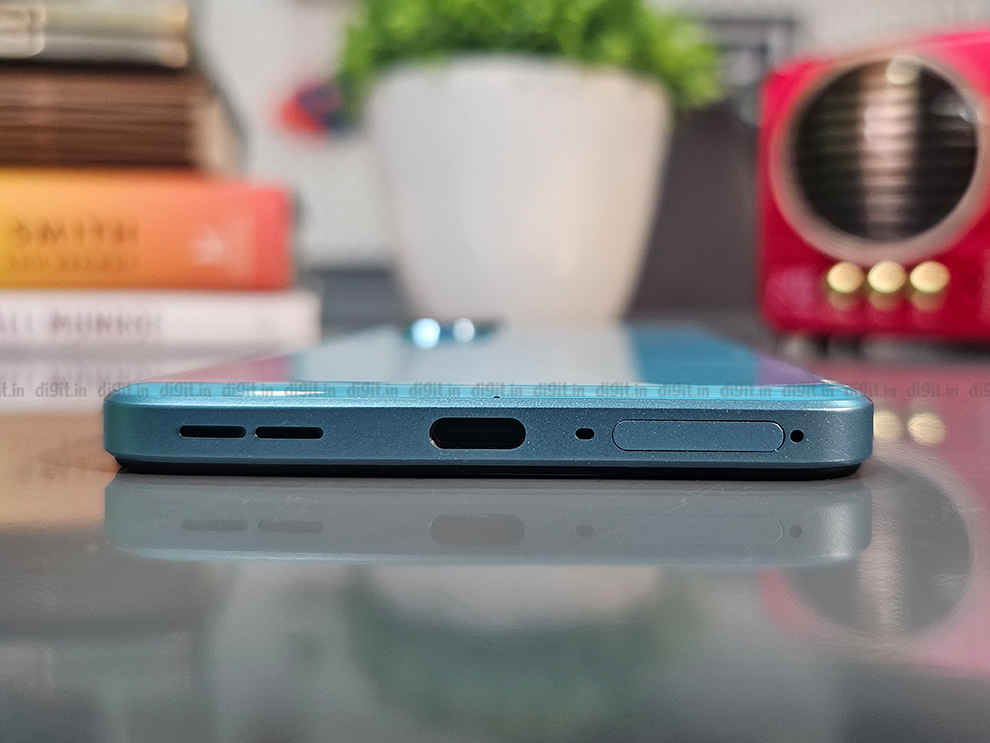
In our video loop test, the OnePlus Nord CE3 lasted a whopping 16 hours from 100-0 per cent, which is fantastic. Moreover, the 80 W SUPERVOOC charging tops up the smartphone from empty to full in just 32 minutes! There’s no wireless charging support though.
OnePlus Nord CE3 5G Review: VerdictAfter spending a week with the OnePlus Nord CE3 5G, I can confidently say that the phone is a well-rounded mid-ranger that ticks many boxes. It has excellent battery life, super fast charging, good performance, an impressive primary camera, and an immersive display. However, the OnePlus Nord CE3 5G never once completely floored me with its performance. Neither does it match up to the performance champs of the mid-range segment nor does it impress with its build and design. It hovers in the middle, providing a safe and reliable option for the masses. I’d suggest you consider the Moto Edge 40 if you’re looking for far superior build quality though. And for faster performance, the iQOO Neo 7 is a no-brainer in the sub-₹30,000 price segment.
from Mobile Phones Reviews https://ift.tt/5fyGVIq
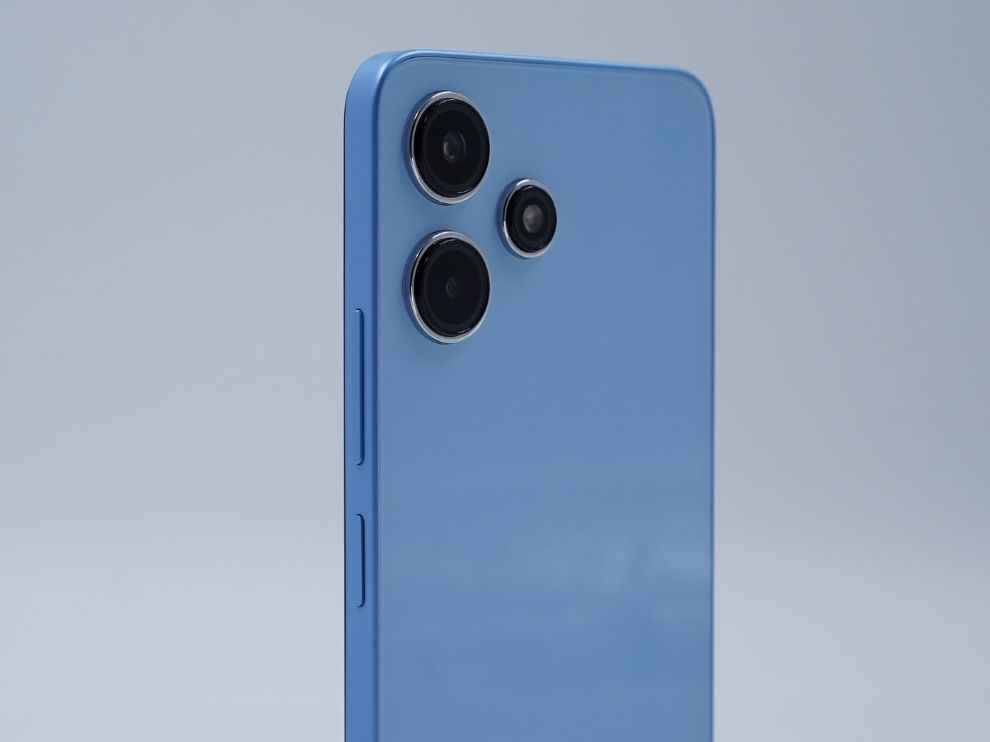 The Redmi 12 5G was launched on August 1, 2023 at a starting price of just Rs 10,999, making it the most affordable 5G smartphone in the market. But does the Redmi 12 5G do anything more than bringing 5G to the masses? In this detailed review, we will take a look at all the smartphone’s elements, to figure out what all you can get for a sub-₹12,000 budget with the latest affordable 5G offering in the country. Let’s go.
The Redmi 12 5G was launched on August 1, 2023 at a starting price of just Rs 10,999, making it the most affordable 5G smartphone in the market. But does the Redmi 12 5G do anything more than bringing 5G to the masses? In this detailed review, we will take a look at all the smartphone’s elements, to figure out what all you can get for a sub-₹12,000 budget with the latest affordable 5G offering in the country. Let’s go. 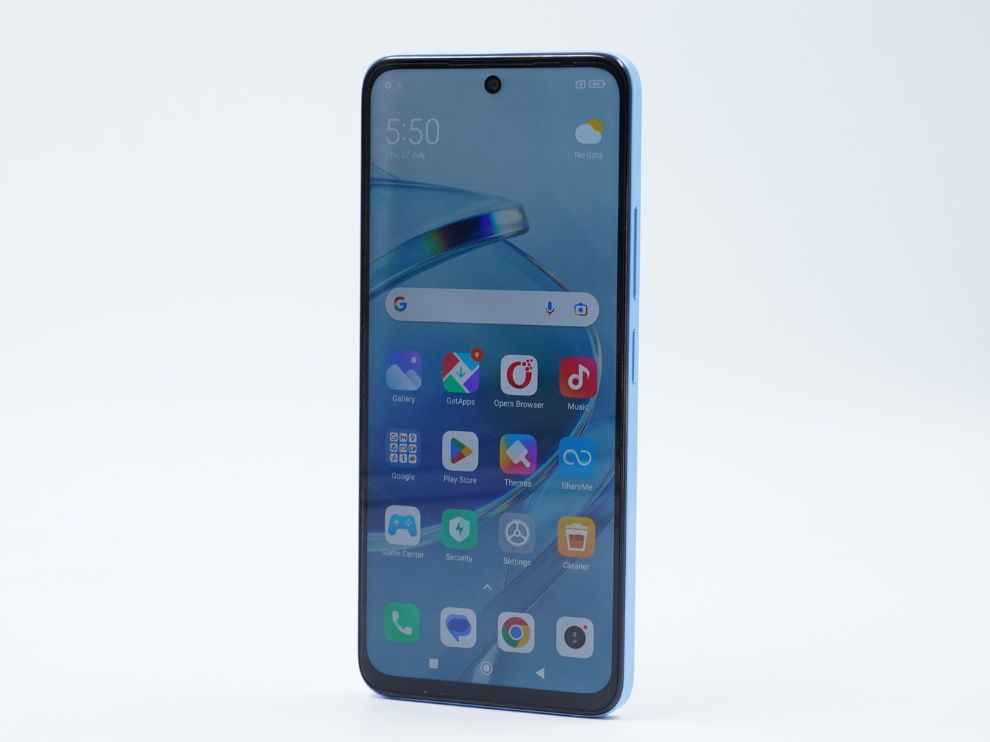 Redmi 12 5G - Design Starting with the design, the Redmi 12 5G looks very good and premium. In this budget, Xiaomi is offering a glass back with Corning Gorilla Glass protection, which gives the smartphone a very nice and premium in-hand feel. With this smartphone, we are also seeing a new design language from the brand, which does away with the camera module. On the Redmi 12 5G, the cameras protrude straight out of the back panel and there is no separate module holding the lenses together. This gives a more seamless look to the back panel which I personally like more than having camera modules, since the thick blocks make smartphones wobble on a flat surface like a tabletop.
Redmi 12 5G - Design Starting with the design, the Redmi 12 5G looks very good and premium. In this budget, Xiaomi is offering a glass back with Corning Gorilla Glass protection, which gives the smartphone a very nice and premium in-hand feel. With this smartphone, we are also seeing a new design language from the brand, which does away with the camera module. On the Redmi 12 5G, the cameras protrude straight out of the back panel and there is no separate module holding the lenses together. This gives a more seamless look to the back panel which I personally like more than having camera modules, since the thick blocks make smartphones wobble on a flat surface like a tabletop.  The Redmi 12 5G also has a metal-like frame. Now, this is still a plastic or polycarbonate frame with a metallic “feel” to it. This is basically the paint that Xiaomi has used for the frame that gives it a nice metallic look. To the touch, however, it is easy to figure out that the “metallic feel” doesn’t really mean a metallic frame on the smartphone. While we are on the frame, Xiaomi has also curved the edges of the smartphone, which many people won’t notice, but it makes holding the smartphone for a longer period of time much more comfortable. Being a Samsung Galaxy S23 Ultra user, I can appreciate this since the Redmi 12 5G didn’t jam into my palms every time I held on to the smartphone.
The Redmi 12 5G also has a metal-like frame. Now, this is still a plastic or polycarbonate frame with a metallic “feel” to it. This is basically the paint that Xiaomi has used for the frame that gives it a nice metallic look. To the touch, however, it is easy to figure out that the “metallic feel” doesn’t really mean a metallic frame on the smartphone. While we are on the frame, Xiaomi has also curved the edges of the smartphone, which many people won’t notice, but it makes holding the smartphone for a longer period of time much more comfortable. Being a Samsung Galaxy S23 Ultra user, I can appreciate this since the Redmi 12 5G didn’t jam into my palms every time I held on to the smartphone. 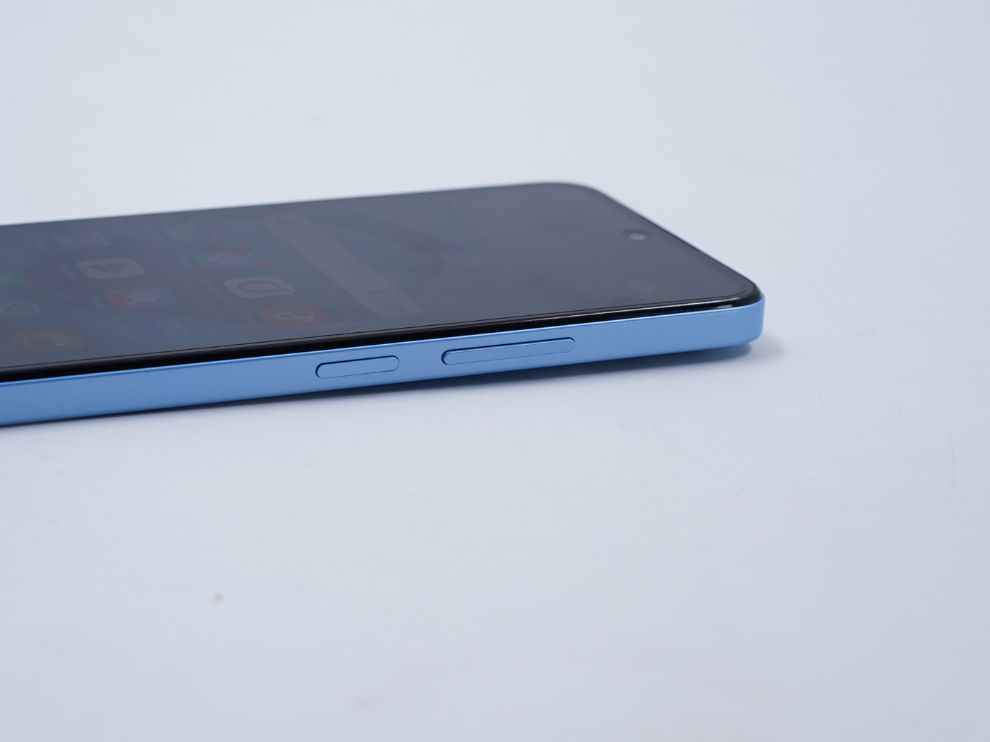 Up front, things are rather simple. We get a hole-punch implementation with a rather thick chin if we look at the smartphone from today’s perspective. The smartphone has a 6.8-inch display, which is the biggest one on any Redmi smartphone so far, so the size may be a bit too big for some users, but if you are someone who plays games and watches a lot of movies and TV shows, then this is a great bonus.
Up front, things are rather simple. We get a hole-punch implementation with a rather thick chin if we look at the smartphone from today’s perspective. The smartphone has a 6.8-inch display, which is the biggest one on any Redmi smartphone so far, so the size may be a bit too big for some users, but if you are someone who plays games and watches a lot of movies and TV shows, then this is a great bonus. 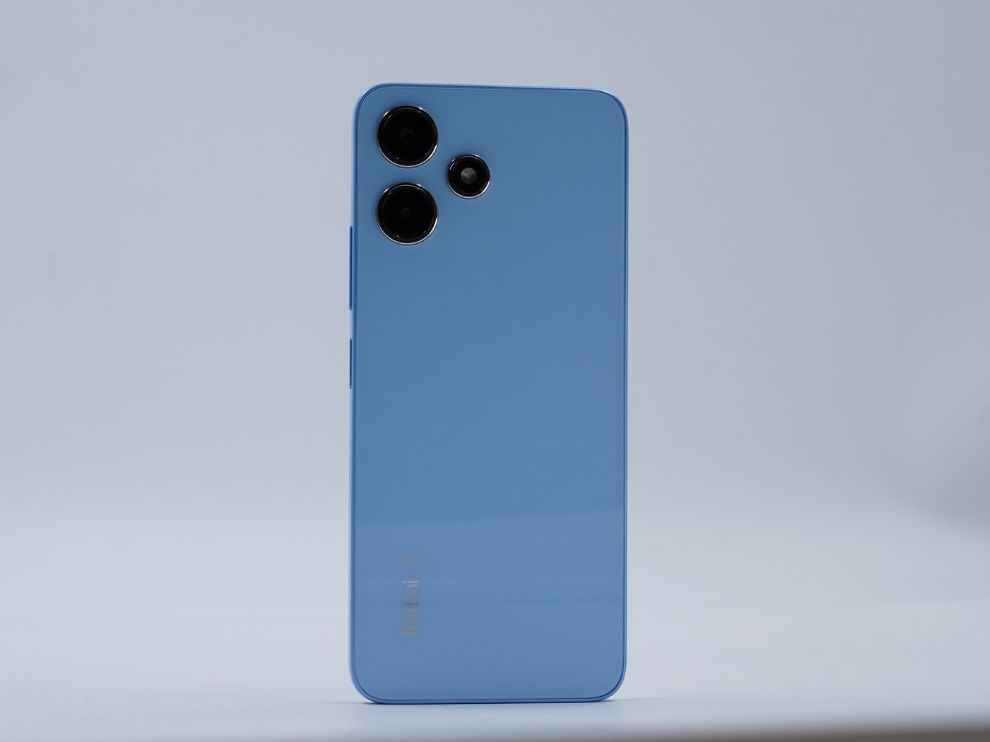 Redmi 12 5G - Display Coming to the display, this is the biggest one on any Redmi smartphone so far. The Redmi 12 5G offers a 6.79-inch IPS LCD display with 90Hz refresh rate and an FHD+ resolution. On the face of it, the display looks nice and crisp with ample details for all kinds of users. Now, it may not be the sharpest and the most vibrant display, but the colour accuracy seems pretty decent for what we get in this price.
Redmi 12 5G - Display Coming to the display, this is the biggest one on any Redmi smartphone so far. The Redmi 12 5G offers a 6.79-inch IPS LCD display with 90Hz refresh rate and an FHD+ resolution. On the face of it, the display looks nice and crisp with ample details for all kinds of users. Now, it may not be the sharpest and the most vibrant display, but the colour accuracy seems pretty decent for what we get in this price. 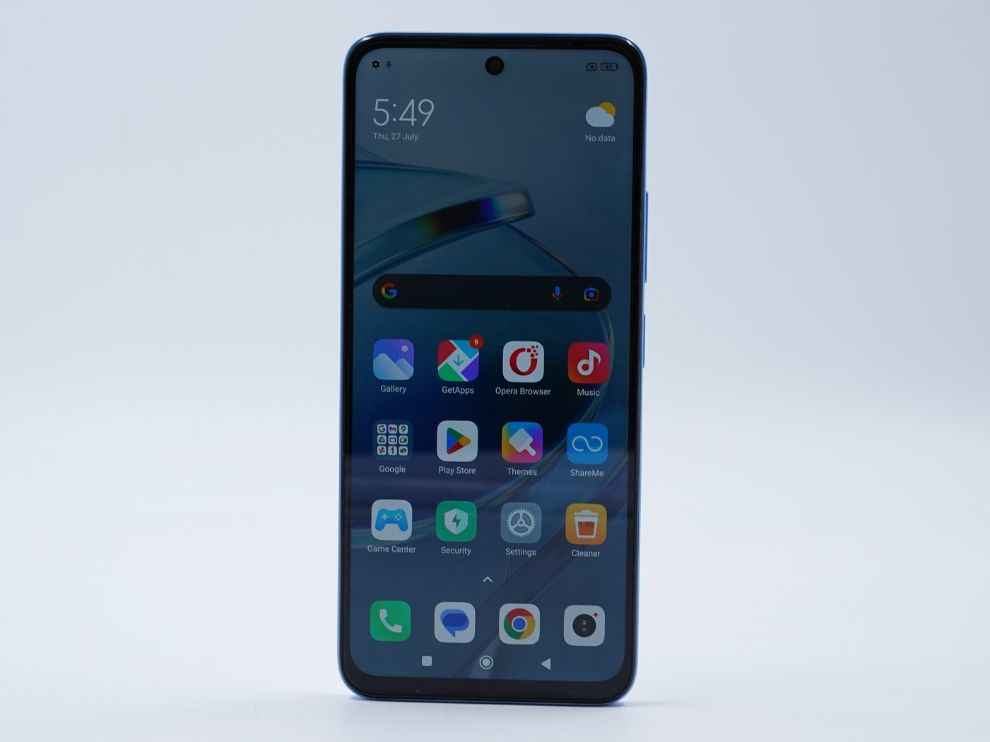 The only thing I felt wasn't up to the mark was the Redmi 12 5G's brightness. The display comes with a claimed brightness of 450 nits. We put this to test using a Lux Meter, and the results were pretty close. The Redmi 12 5G showed a maximum luminance of 407 nits on a plain white screen, with the lowest coming in at 5 nits. Now, while this is enough to allow users to use the Redmi 12 5G in all kinds of conditions, it feels kind of dull as compared to competing devices like the Samsung M13 5G. Now, this doesn't mean that the visibility is bad in bright sunlight, just that it is not the best and due to that, this panel loses a bit of vibrancy. Coming to how responsive this is, the 90Hz refresh rate paired with 240Hz touch sampling rate makes scrolling through the screens and menus very smooth, but here also we saw a similar bug, where the refresh rate drops to 60Hz on YouTube. Now, we are not sure if this is an issue with the YouTube app or the device, but the display getting slower in specific apps is not a good experience.
The only thing I felt wasn't up to the mark was the Redmi 12 5G's brightness. The display comes with a claimed brightness of 450 nits. We put this to test using a Lux Meter, and the results were pretty close. The Redmi 12 5G showed a maximum luminance of 407 nits on a plain white screen, with the lowest coming in at 5 nits. Now, while this is enough to allow users to use the Redmi 12 5G in all kinds of conditions, it feels kind of dull as compared to competing devices like the Samsung M13 5G. Now, this doesn't mean that the visibility is bad in bright sunlight, just that it is not the best and due to that, this panel loses a bit of vibrancy. Coming to how responsive this is, the 90Hz refresh rate paired with 240Hz touch sampling rate makes scrolling through the screens and menus very smooth, but here also we saw a similar bug, where the refresh rate drops to 60Hz on YouTube. Now, we are not sure if this is an issue with the YouTube app or the device, but the display getting slower in specific apps is not a good experience. 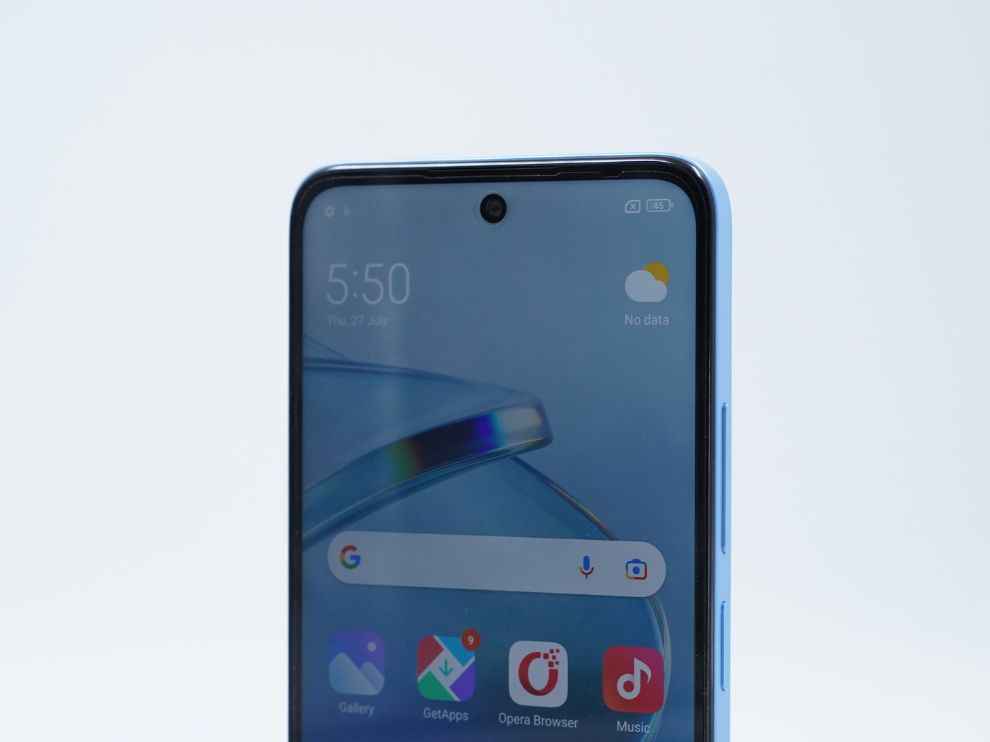 Overall, I like this display. It is smooth, sharp, and very colour accurate in the “Standard” colour profile, which is this display’s sRGB profile. The only thing I wasn’t very pleased with is the brightness since that also impacts how vibrant the display will appear to a lot of users, but it is not a deal breaker. This is also the biggest display on any Redmi smartphone so far, so for our friends who consume most content on their smartphones, it will sit very well. Redmi 12 5G - Performance Coming to performance, this was what I was most excited to test. The Redmi 12 5G is the first smartphone in India that is powered by Qualcomm’s latest budget chipset, the Snapdragon 4 Gen 2. Now, since this is the first smartphone with the new entry-level chip, I was naturally excited to test the Redmi 12 5G’s performance. The Snapdragon 4 Gen 2 chip is paired with up to 8GB of RAM, which is expandable to up to 16GB using Xiaomi’s virtual RAM expansion technology.
Overall, I like this display. It is smooth, sharp, and very colour accurate in the “Standard” colour profile, which is this display’s sRGB profile. The only thing I wasn’t very pleased with is the brightness since that also impacts how vibrant the display will appear to a lot of users, but it is not a deal breaker. This is also the biggest display on any Redmi smartphone so far, so for our friends who consume most content on their smartphones, it will sit very well. Redmi 12 5G - Performance Coming to performance, this was what I was most excited to test. The Redmi 12 5G is the first smartphone in India that is powered by Qualcomm’s latest budget chipset, the Snapdragon 4 Gen 2. Now, since this is the first smartphone with the new entry-level chip, I was naturally excited to test the Redmi 12 5G’s performance. The Snapdragon 4 Gen 2 chip is paired with up to 8GB of RAM, which is expandable to up to 16GB using Xiaomi’s virtual RAM expansion technology.  Now, given the newer chip, we see a jump in performance numbers as compared to the Snapdragon 4 Gen 1, which was last seen on the Redmi 12 5G’s more premium cousin, the Redmi Note 12 5G. In benchmarks, the Snapdragon 4 Gen 2 showed a good 20-25 percent increase in the performance numbers over the previous generation chipset (which we last tested on the Redmi Note 12 5G). For example, on AnTuTu, the Redmi 12 5G put out a score of 452431 points, which is 24 percent higher than the Redmi Note 12 5G’s score of 363836 points.
Now, given the newer chip, we see a jump in performance numbers as compared to the Snapdragon 4 Gen 1, which was last seen on the Redmi 12 5G’s more premium cousin, the Redmi Note 12 5G. In benchmarks, the Snapdragon 4 Gen 2 showed a good 20-25 percent increase in the performance numbers over the previous generation chipset (which we last tested on the Redmi Note 12 5G). For example, on AnTuTu, the Redmi 12 5G put out a score of 452431 points, which is 24 percent higher than the Redmi Note 12 5G’s score of 363836 points. 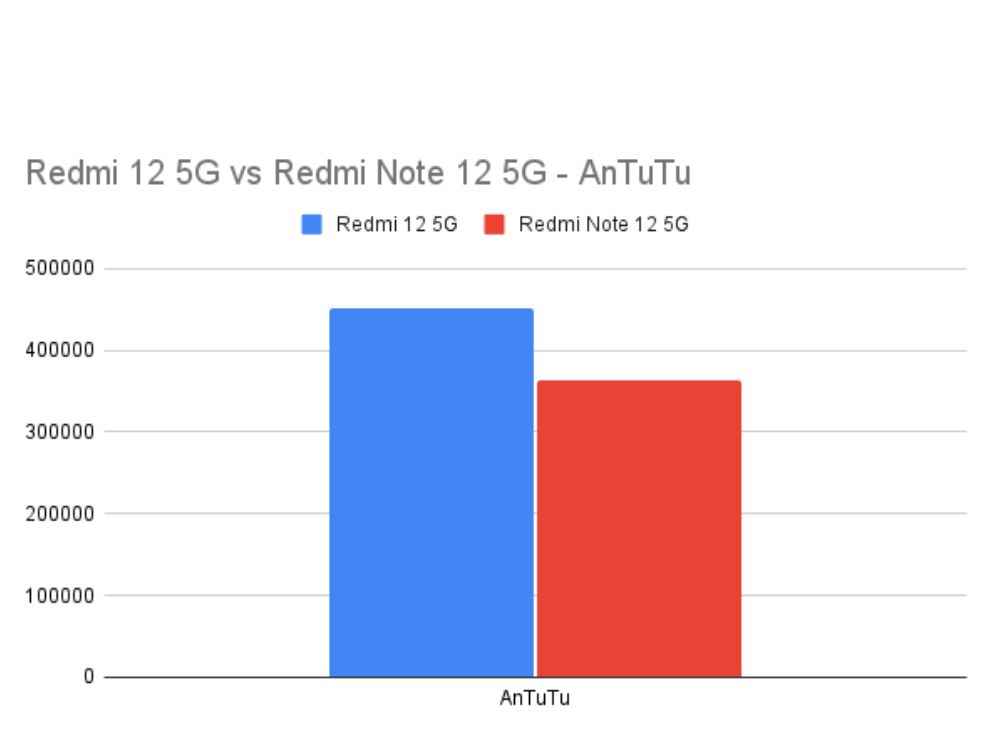 On Geekbench, the performance jump is much more significant. In the single-core test, the Snapdragon 4 Gen 2-powered Redmi 12 5G showed an over 51 percent jump in performance, putting out a score of 923 points. In multi-core tests, the Redmi 12 5G showed an 18 percent jump in performance, putting out a score of 2183 points. In the next CPU-based benchmark, PCMark Work 3.0, however, the results were opposite. The Redmi 12 5G showed a decline in the numbers as compared to the Redmi Note 12 5G, which runs on the Snapdragon 4 Gen 1 chip. Surprising.
On Geekbench, the performance jump is much more significant. In the single-core test, the Snapdragon 4 Gen 2-powered Redmi 12 5G showed an over 51 percent jump in performance, putting out a score of 923 points. In multi-core tests, the Redmi 12 5G showed an 18 percent jump in performance, putting out a score of 2183 points. In the next CPU-based benchmark, PCMark Work 3.0, however, the results were opposite. The Redmi 12 5G showed a decline in the numbers as compared to the Redmi Note 12 5G, which runs on the Snapdragon 4 Gen 1 chip. Surprising. 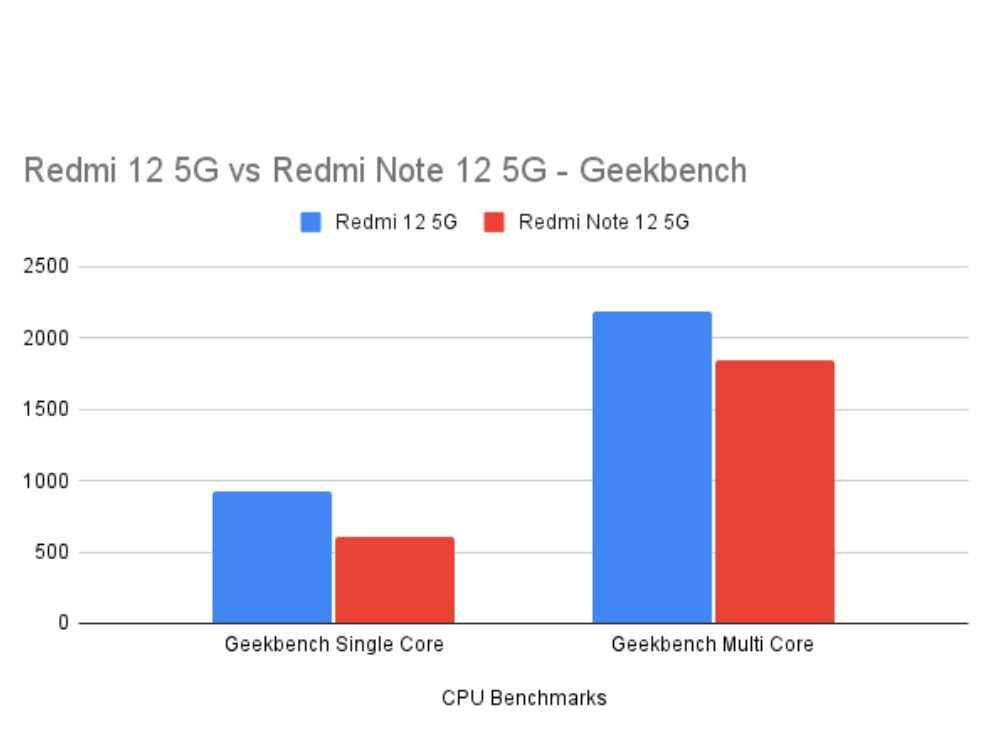
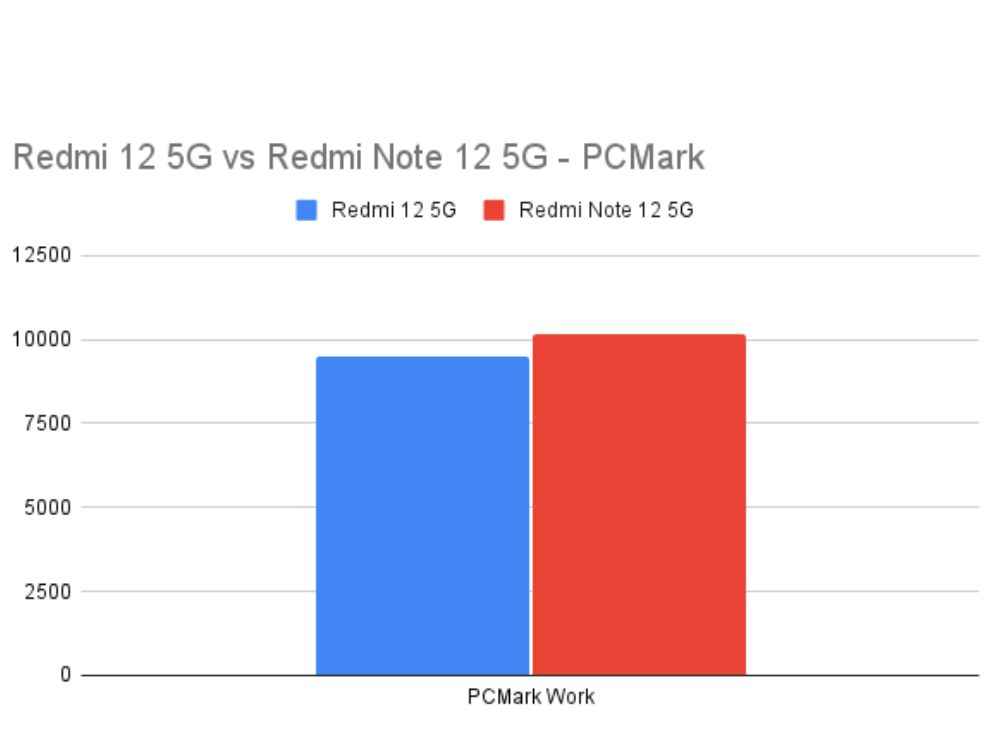 The GPU performance of the Redmi 12 5G was disappointing. The smartphone only put out a score of only 665 in 3D Mark Wild Life test, and wasn't able to pull as many frames as some of the other competing devices in this segment in the GFXBench test. Now, while this is not up to the mark and will disappoint those who will game on this smartphone, it is still a step up, since this time around, a Redmi smartphone ran all the GPU benchmarks we threw its way. Furthermore, when I played games on the Redmi 12 5G, I didn’t feel any kind of a lack in performance of frame rates. Plus, the smartphone didn’t heat up much and there were no frame drops even during longer gaming sessions, so the optimisation here is very good, even if the numbers are underwhelming. Redmi 12 5G - Battery Coming to battery, this again is an impressive aspect of the smartphone. The Redmi 12 5G offers a 5,000mAh battery unit, which will easily give you up to two days if you are a casual or light user! This is great for people who will only charge their smartphones at home or at their office. In my tests, the Redmi 12 5G came through with impressive results. Playing Call of Duty Mobile on the highest-possible settings for 15 minutes only drained 3 percent of the smartphone's battery. So did watching an HD video on YouTube for 30 minutes straight. Further, I also used the GPS for 1 straight hour, and here also the results were good as the smartphone lost 9 percent of the battery. It is important to note that the Redmi 12 5G heated up a bit while navigating using GPS.
The GPU performance of the Redmi 12 5G was disappointing. The smartphone only put out a score of only 665 in 3D Mark Wild Life test, and wasn't able to pull as many frames as some of the other competing devices in this segment in the GFXBench test. Now, while this is not up to the mark and will disappoint those who will game on this smartphone, it is still a step up, since this time around, a Redmi smartphone ran all the GPU benchmarks we threw its way. Furthermore, when I played games on the Redmi 12 5G, I didn’t feel any kind of a lack in performance of frame rates. Plus, the smartphone didn’t heat up much and there were no frame drops even during longer gaming sessions, so the optimisation here is very good, even if the numbers are underwhelming. Redmi 12 5G - Battery Coming to battery, this again is an impressive aspect of the smartphone. The Redmi 12 5G offers a 5,000mAh battery unit, which will easily give you up to two days if you are a casual or light user! This is great for people who will only charge their smartphones at home or at their office. In my tests, the Redmi 12 5G came through with impressive results. Playing Call of Duty Mobile on the highest-possible settings for 15 minutes only drained 3 percent of the smartphone's battery. So did watching an HD video on YouTube for 30 minutes straight. Further, I also used the GPS for 1 straight hour, and here also the results were good as the smartphone lost 9 percent of the battery. It is important to note that the Redmi 12 5G heated up a bit while navigating using GPS. 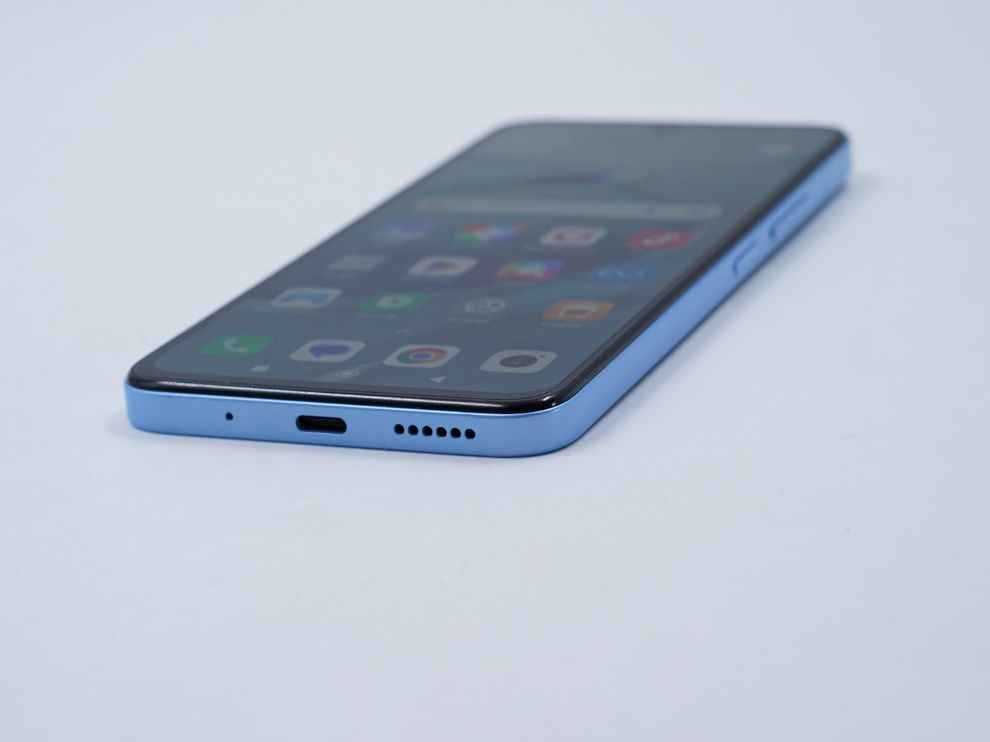 The charging, however, is slow by today's standards. Now, this smartphone supports 18W fast charging and it took almost two hours (1 hour 56 minutes) or 116 minutes for the Redmi 12 5G to charge from 0 to 100 percent. So yes, if you want to charge it in one go, you need to have some patience. Redmi 12 5G - Camera Camera on the Redmi 12 5G is a dual rear camera setup where we get a primary 50-megapixel shooter and a 2-megapixel depth sensor. The camera performance from the primary shooter is pretty good. The images aren’t the most sharp, but the dynamic range and detail from this are brilliant.
The charging, however, is slow by today's standards. Now, this smartphone supports 18W fast charging and it took almost two hours (1 hour 56 minutes) or 116 minutes for the Redmi 12 5G to charge from 0 to 100 percent. So yes, if you want to charge it in one go, you need to have some patience. Redmi 12 5G - Camera Camera on the Redmi 12 5G is a dual rear camera setup where we get a primary 50-megapixel shooter and a 2-megapixel depth sensor. The camera performance from the primary shooter is pretty good. The images aren’t the most sharp, but the dynamic range and detail from this are brilliant. 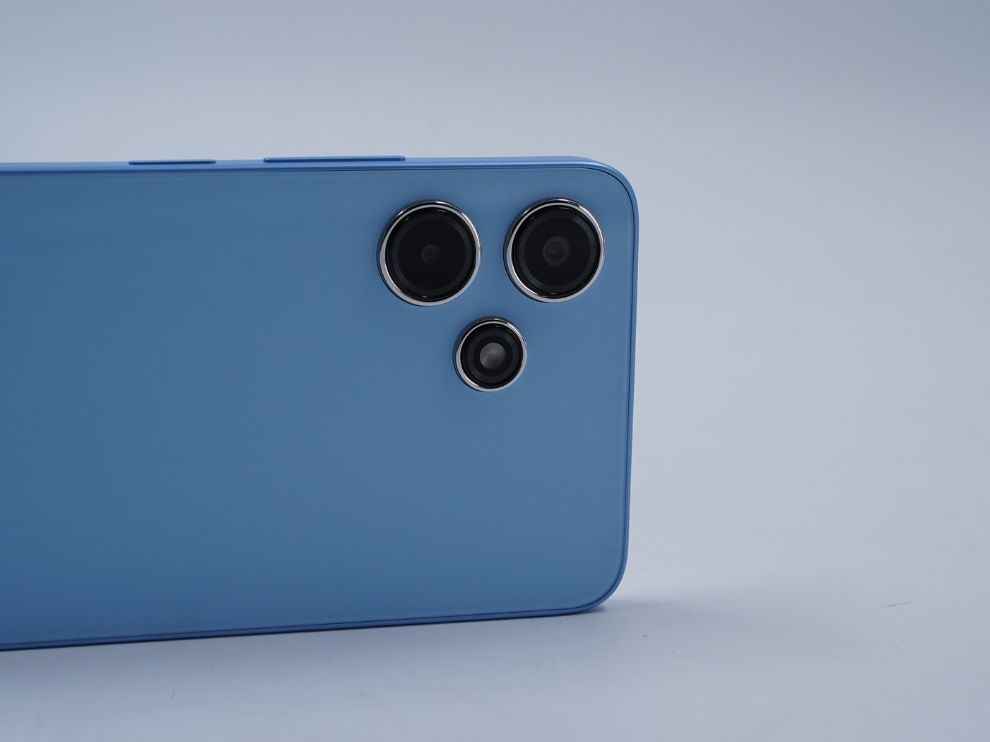 In portraits, the Redmi 12 5G struggles a bit with edge detection, which seems too aggressive, but the depth sensor steps in here to provide a nice depth-of-field to images. Good stuff. In low lights, the camera again struggles to take sharp images, but the results are workable most of the time.
In portraits, the Redmi 12 5G struggles a bit with edge detection, which seems too aggressive, but the depth sensor steps in here to provide a nice depth-of-field to images. Good stuff. In low lights, the camera again struggles to take sharp images, but the results are workable most of the time. 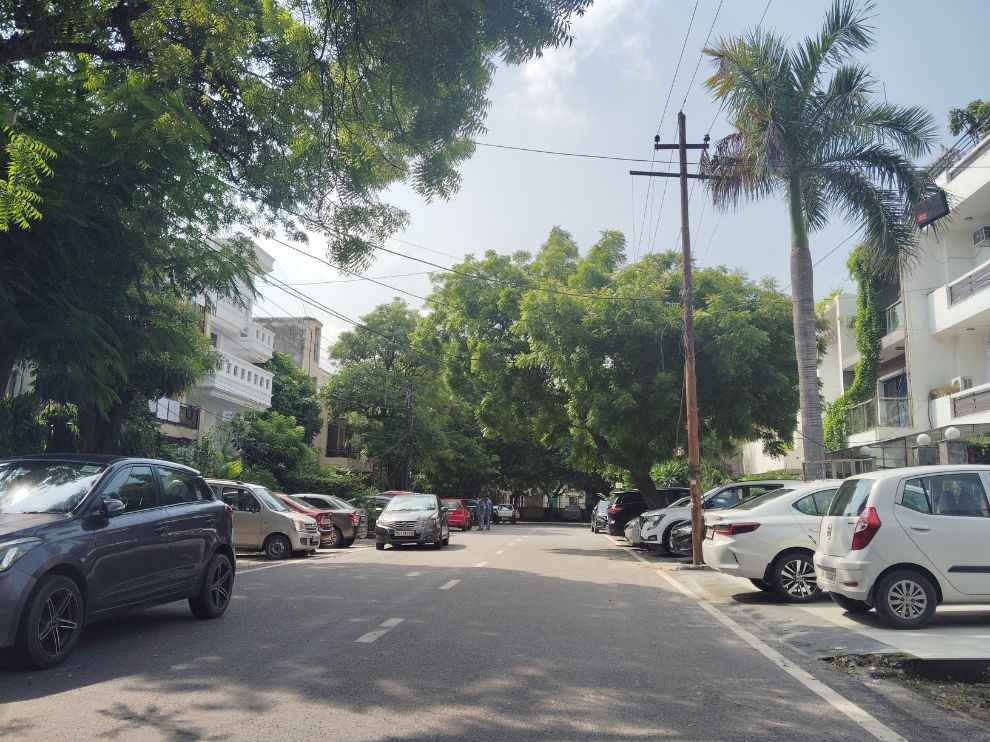


 Redmi 12 5G - Verdict So overall, after going through rigorous testing and usage, the Redmi 12 5G feels worth the price. In fact, for a smartphone that starts at under ₹11,000, this is a superb deal! We get a nice and premium design with a huge display, we get a fairly powerful and very efficient chip, and a long-lasting battery backup. Yes, the charging is slow and the camera misses here and there, but at just ₹10,999, I’m not complaining at all! The smartphone aims to make 5G more accessible to all smartphone users in the country and that, it does with great style and poise. This, after quite some time, feels like Xiaomi doing what the brand does best, making new technology more accessible to facilitate mass adaptation. So yes, if you are in the market for an entry-level 5G smartphone, the Redmi 12 5G is probably the best option under a ₹12,000 budget.
Redmi 12 5G - Verdict So overall, after going through rigorous testing and usage, the Redmi 12 5G feels worth the price. In fact, for a smartphone that starts at under ₹11,000, this is a superb deal! We get a nice and premium design with a huge display, we get a fairly powerful and very efficient chip, and a long-lasting battery backup. Yes, the charging is slow and the camera misses here and there, but at just ₹10,999, I’m not complaining at all! The smartphone aims to make 5G more accessible to all smartphone users in the country and that, it does with great style and poise. This, after quite some time, feels like Xiaomi doing what the brand does best, making new technology more accessible to facilitate mass adaptation. So yes, if you are in the market for an entry-level 5G smartphone, the Redmi 12 5G is probably the best option under a ₹12,000 budget.